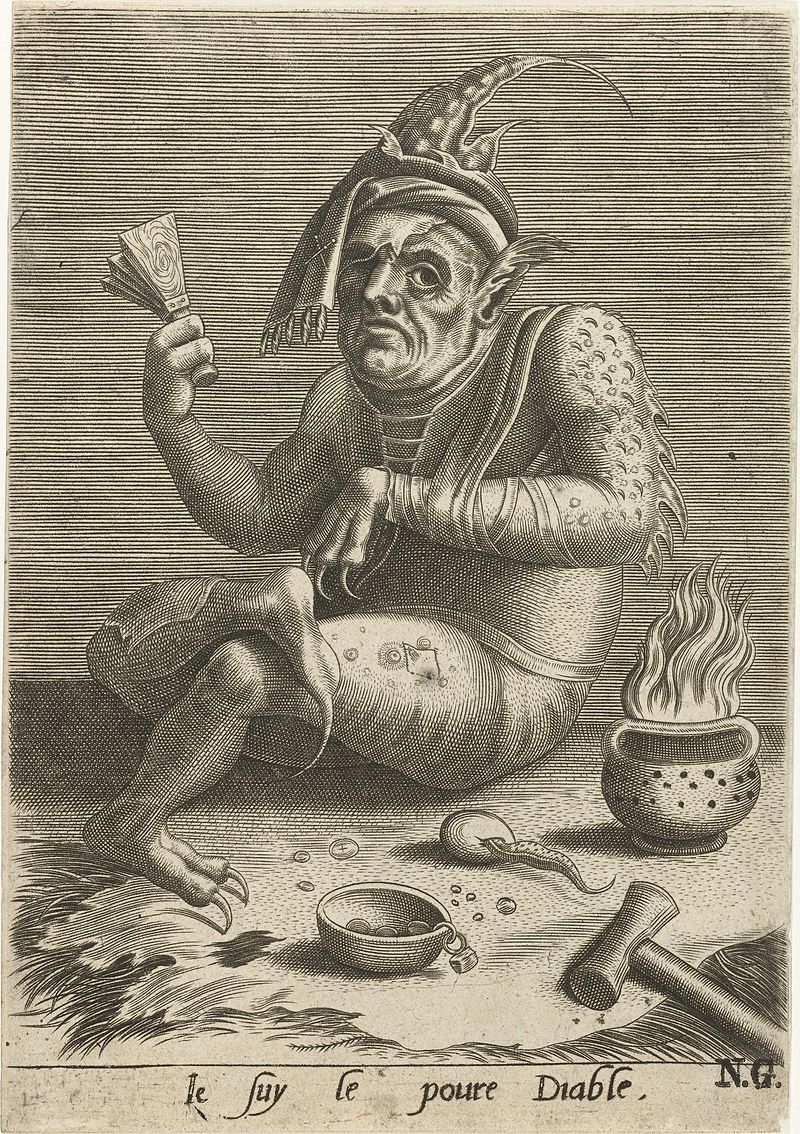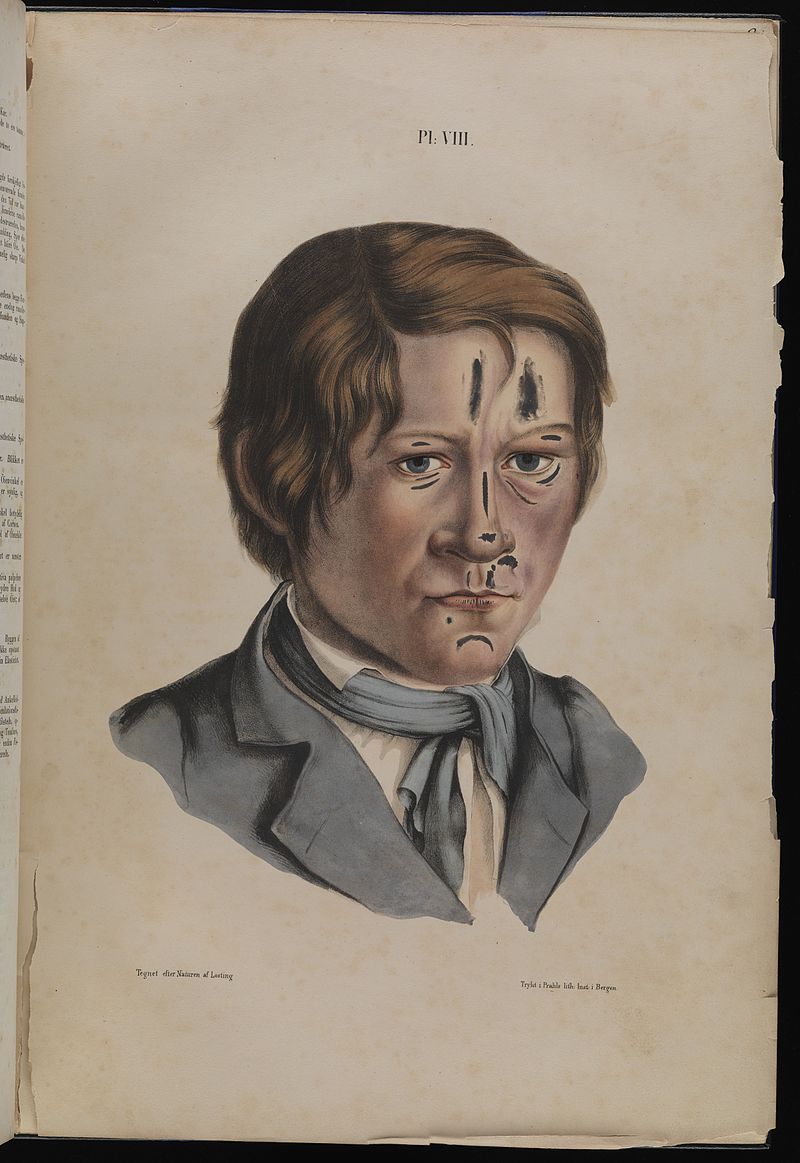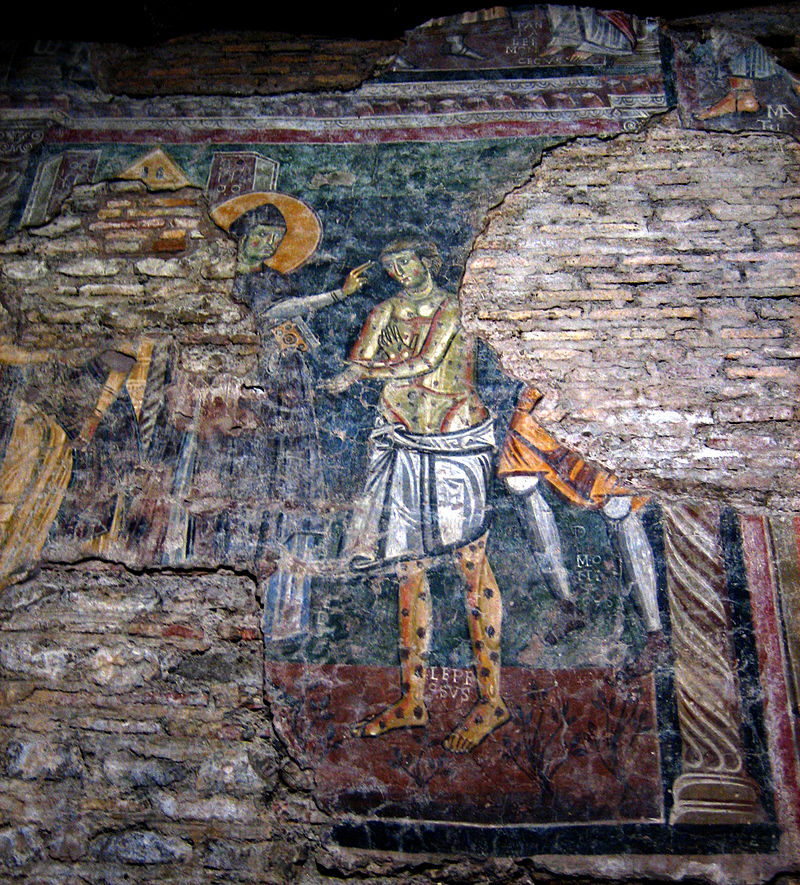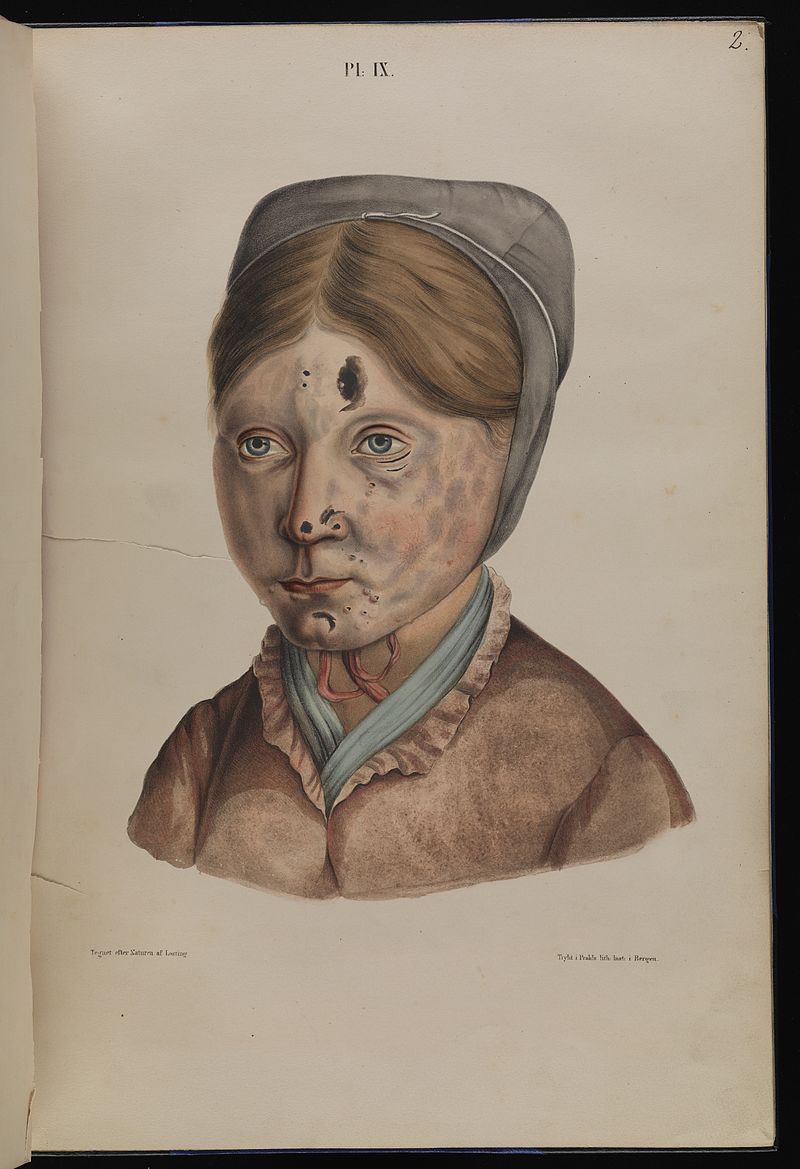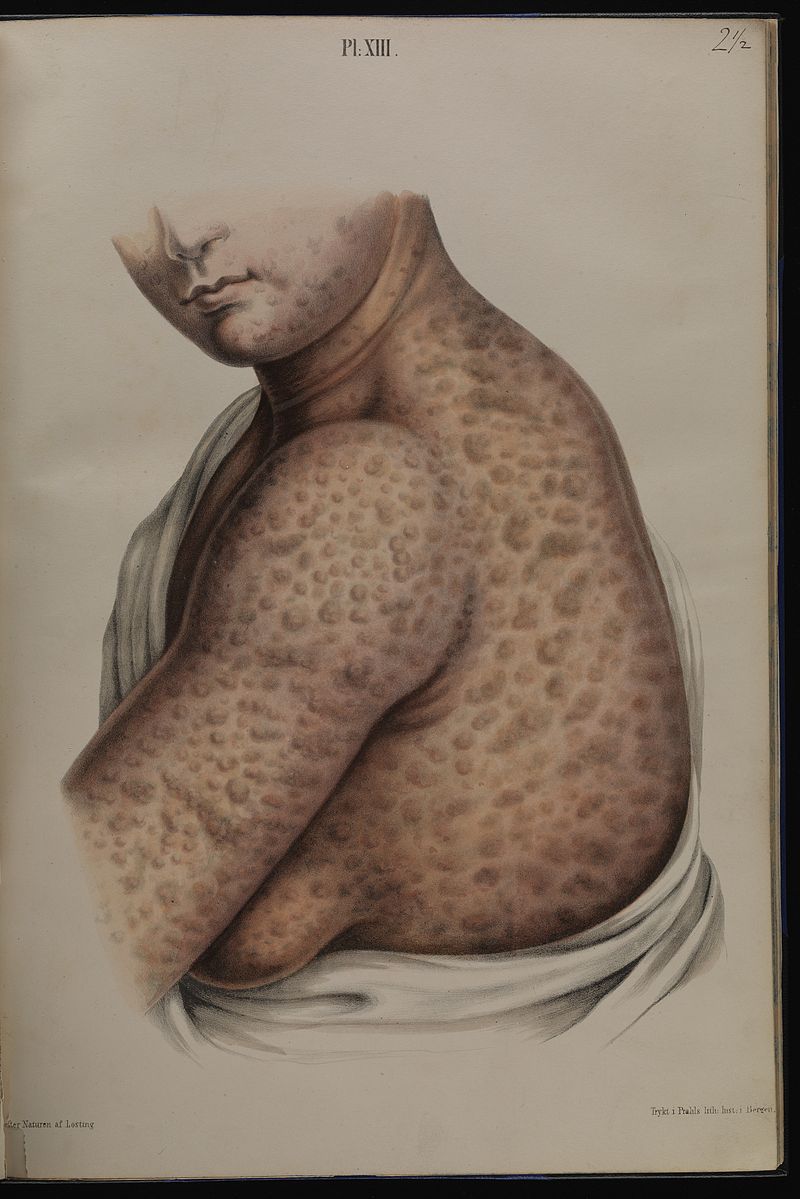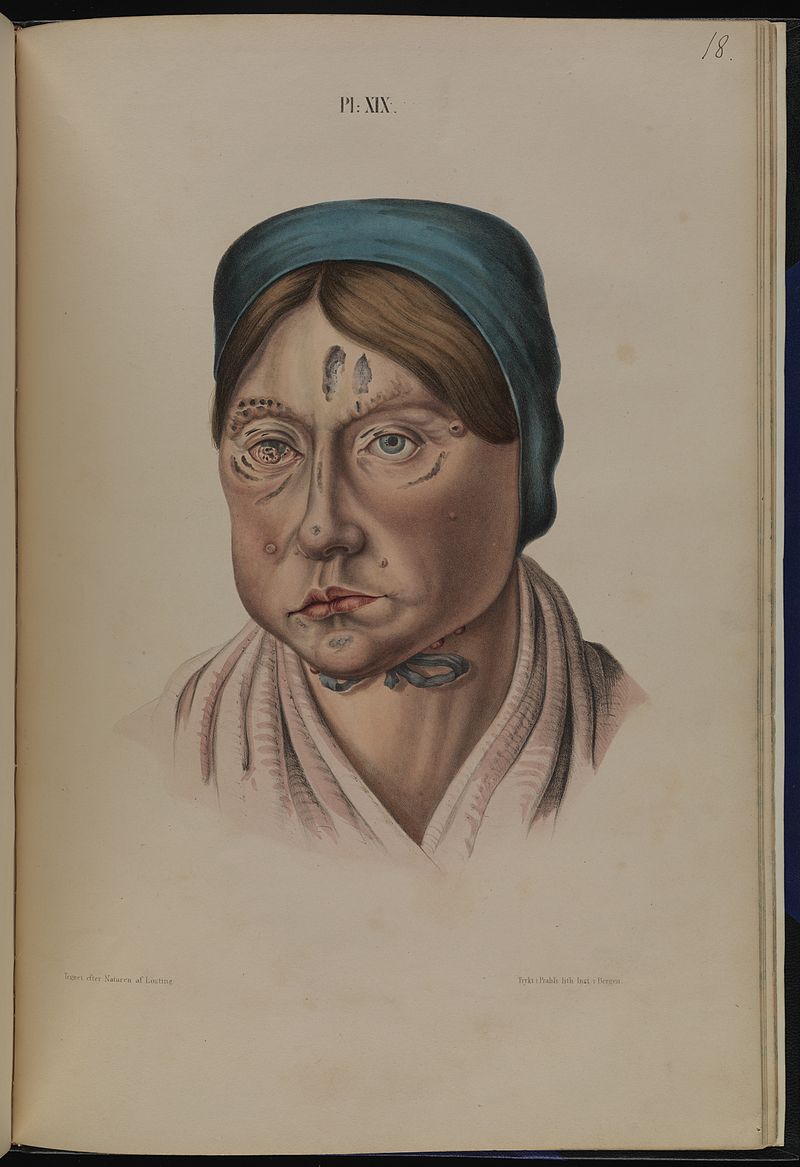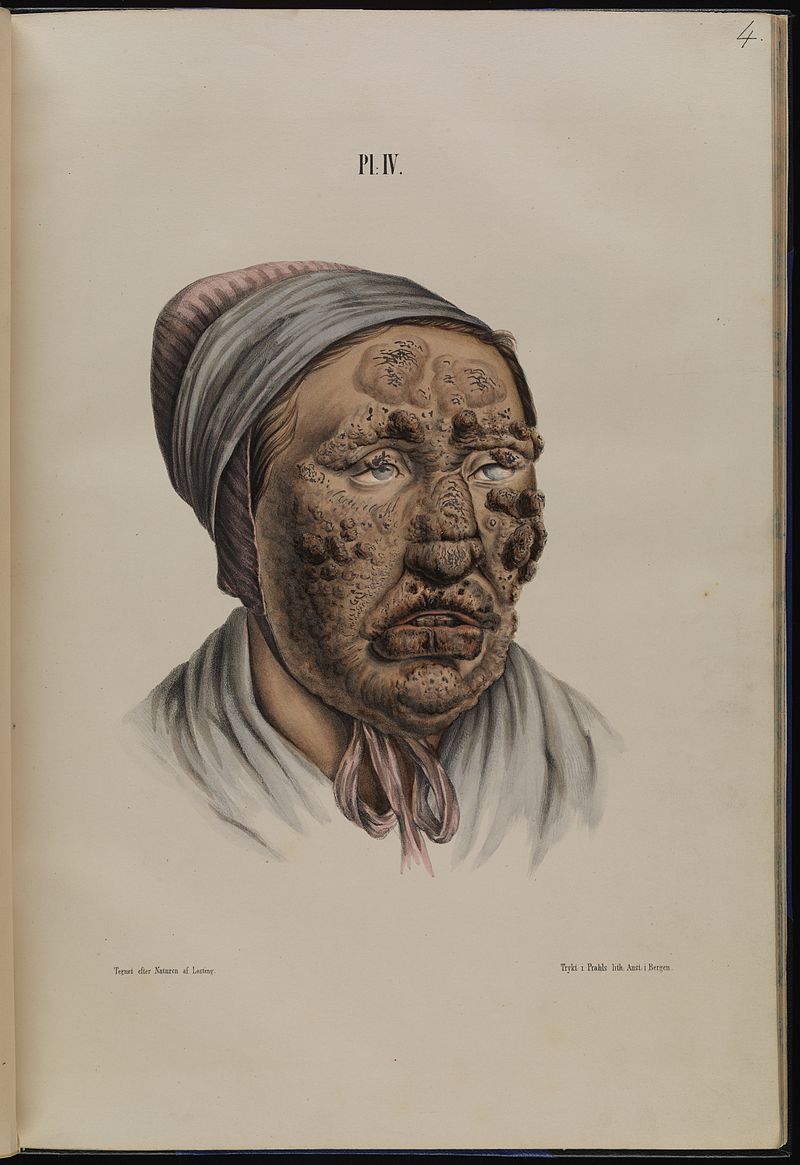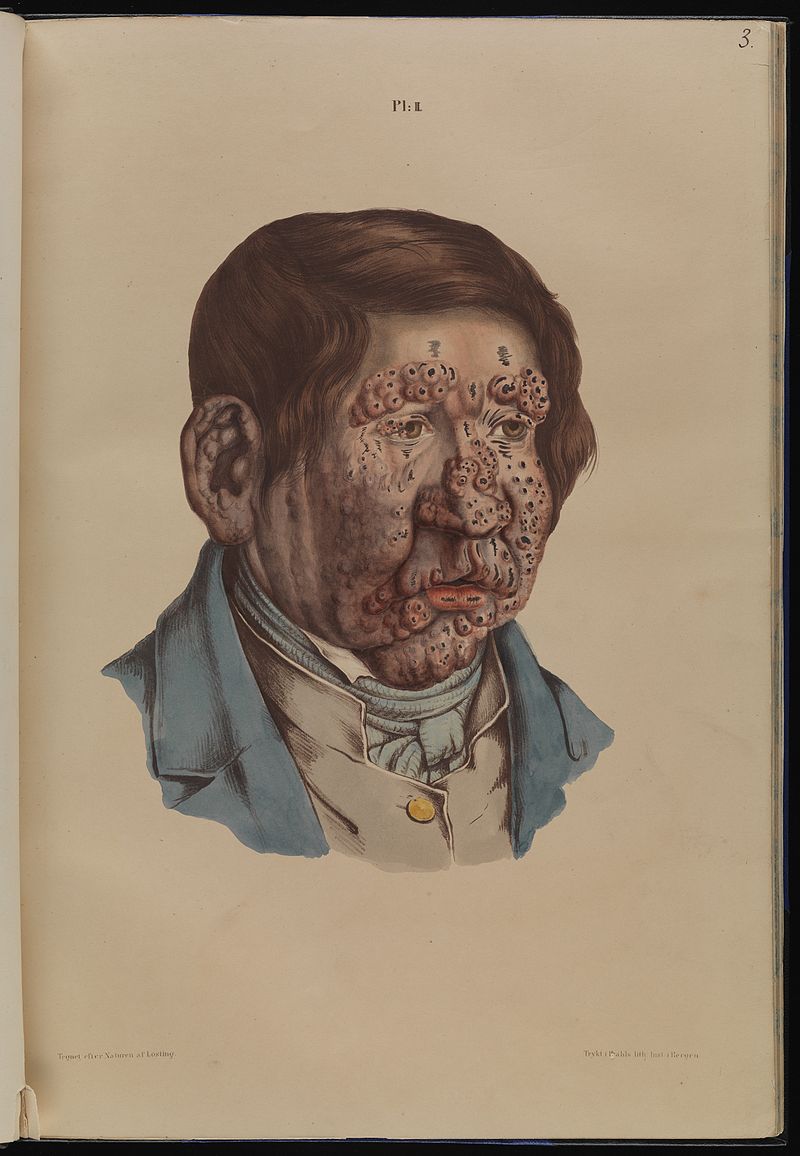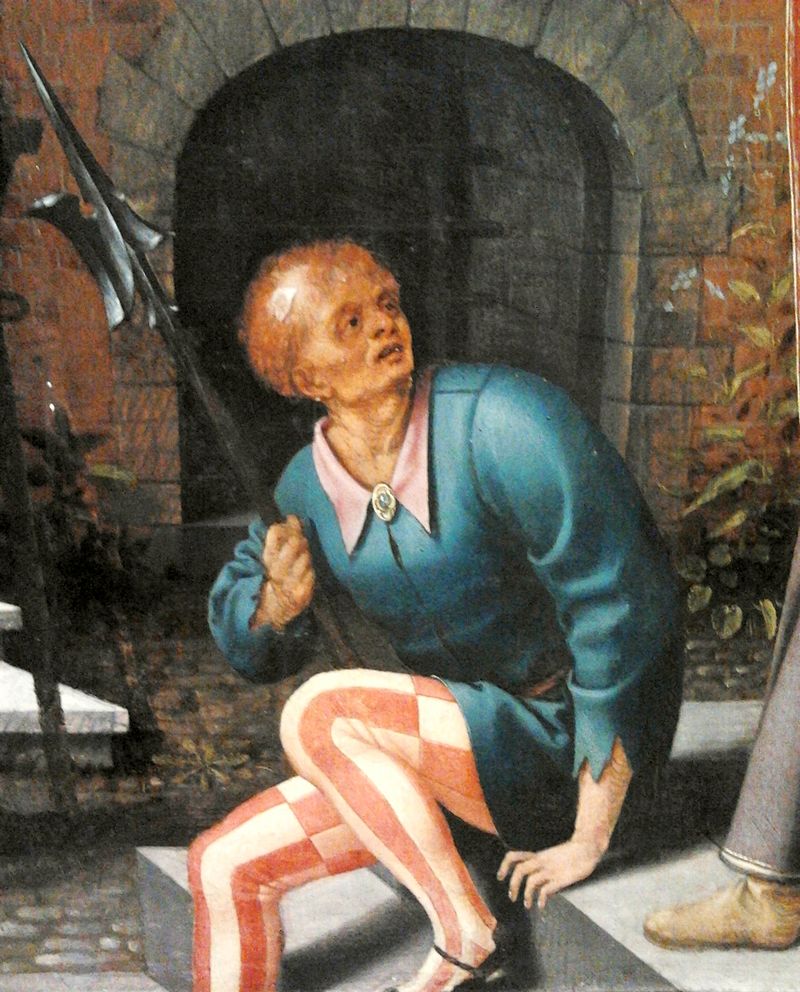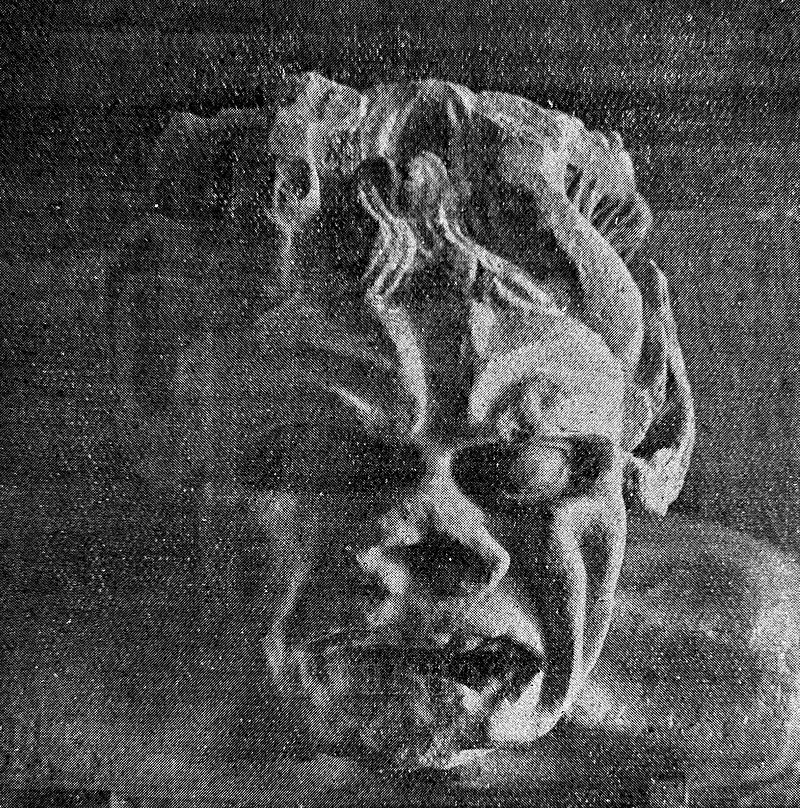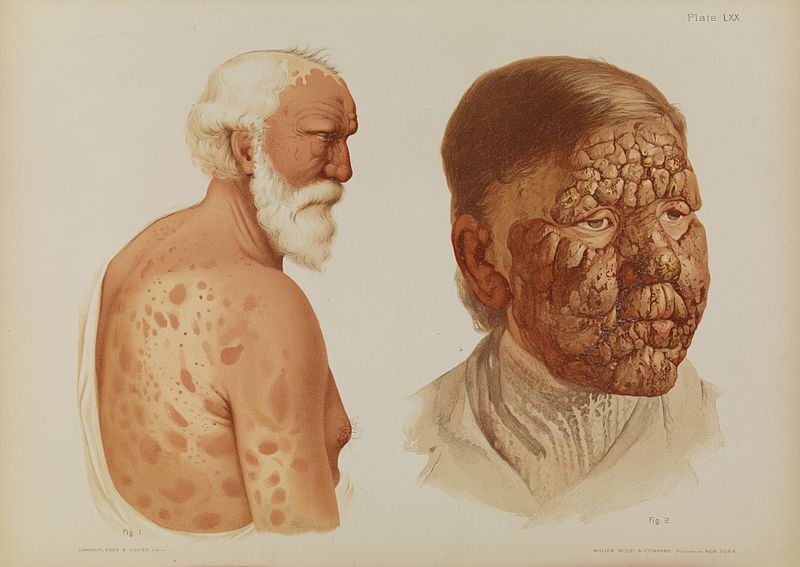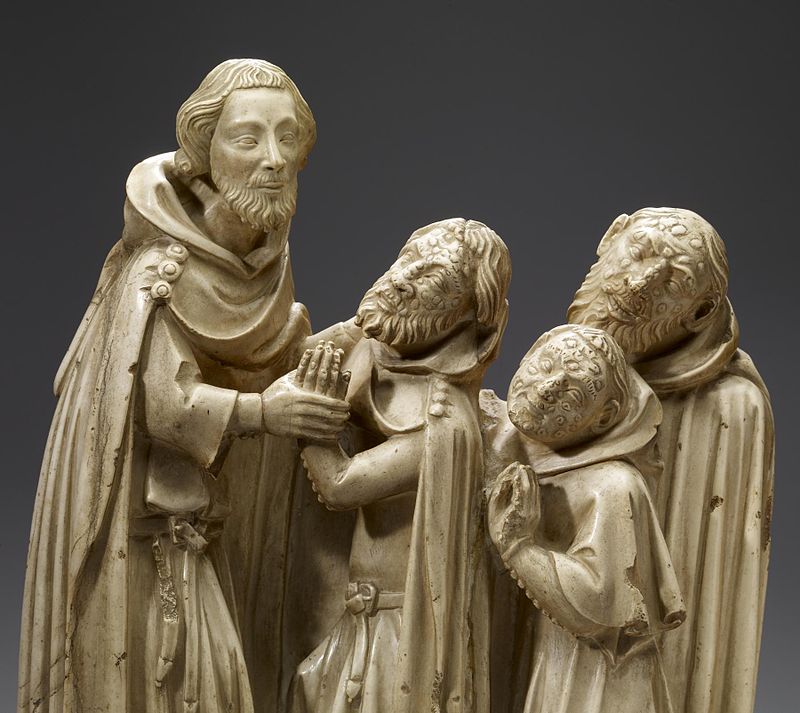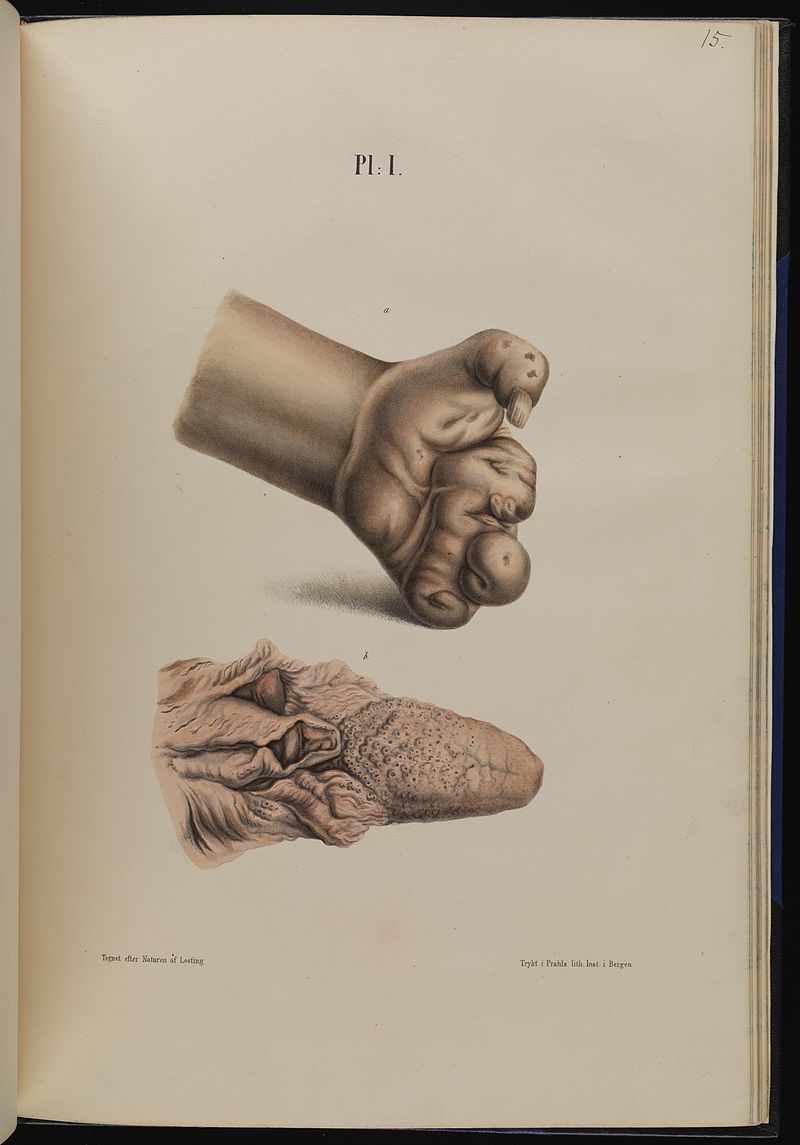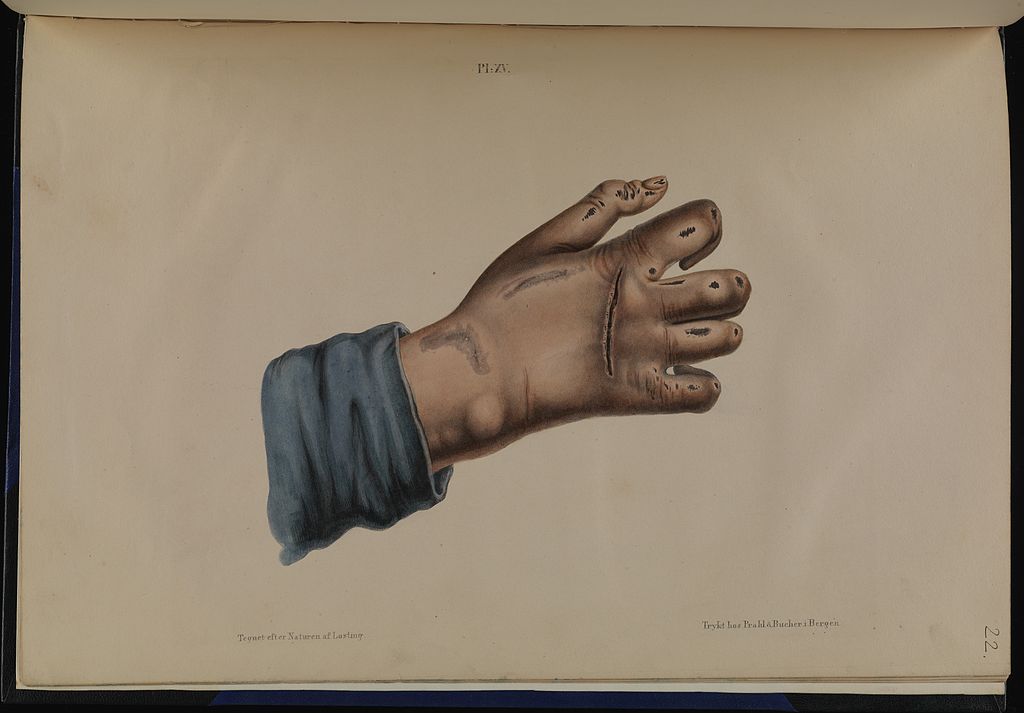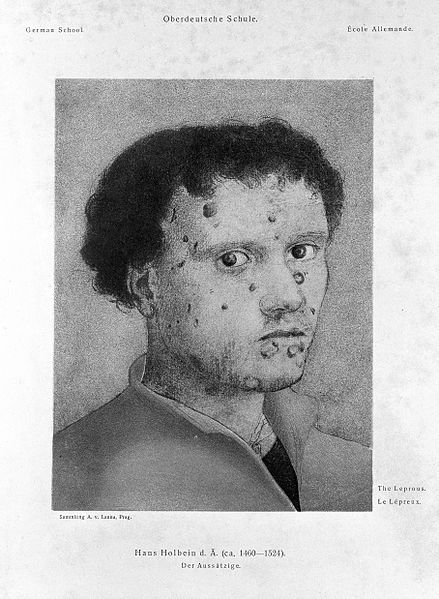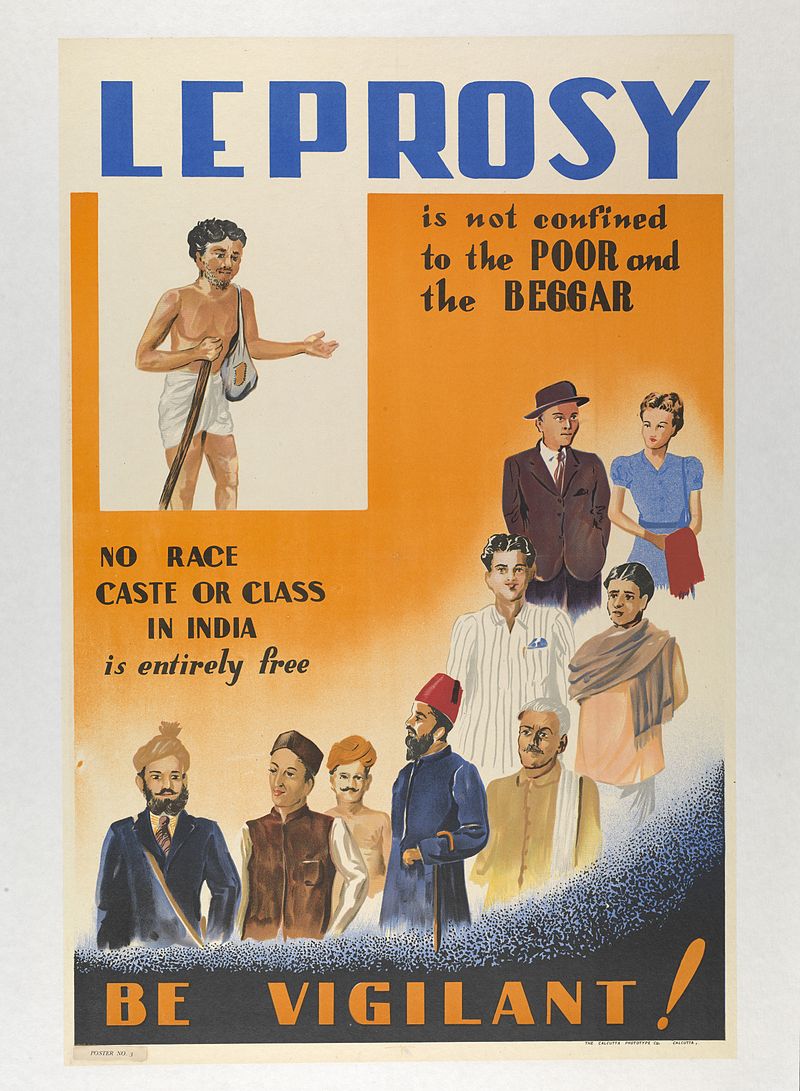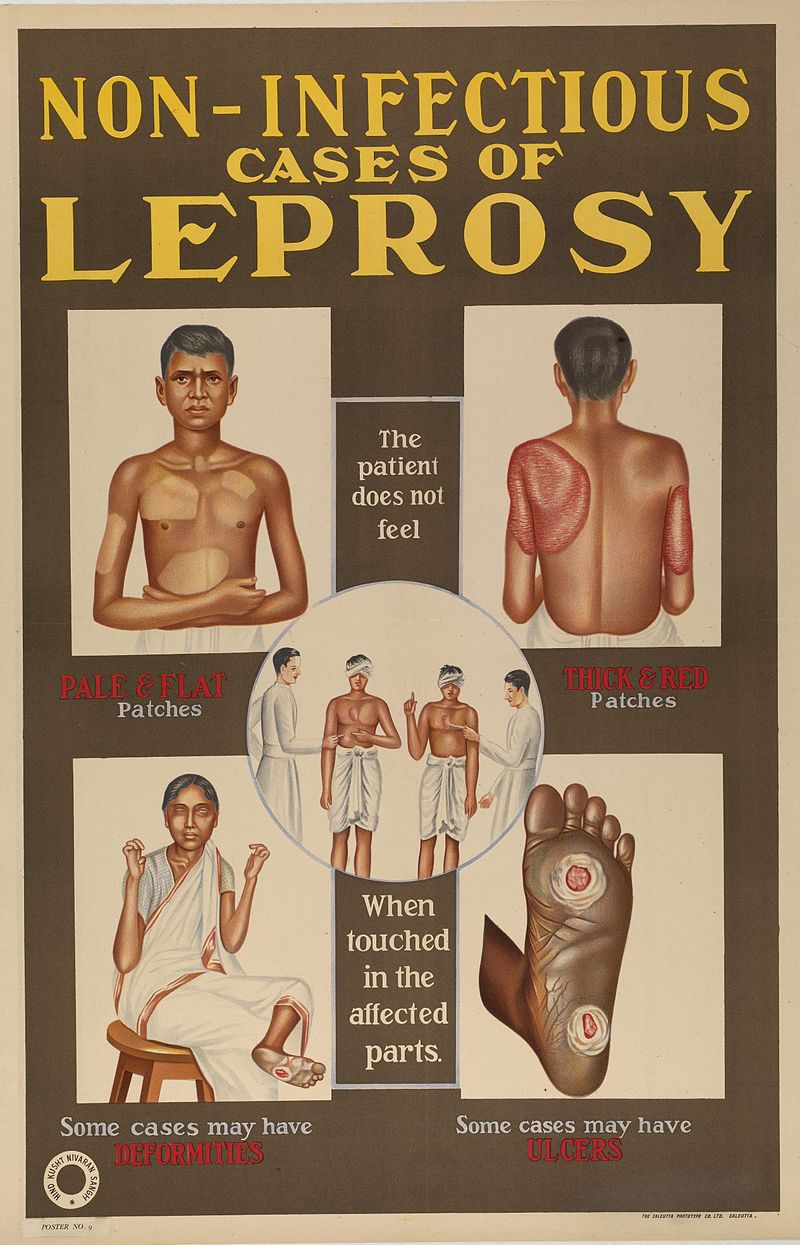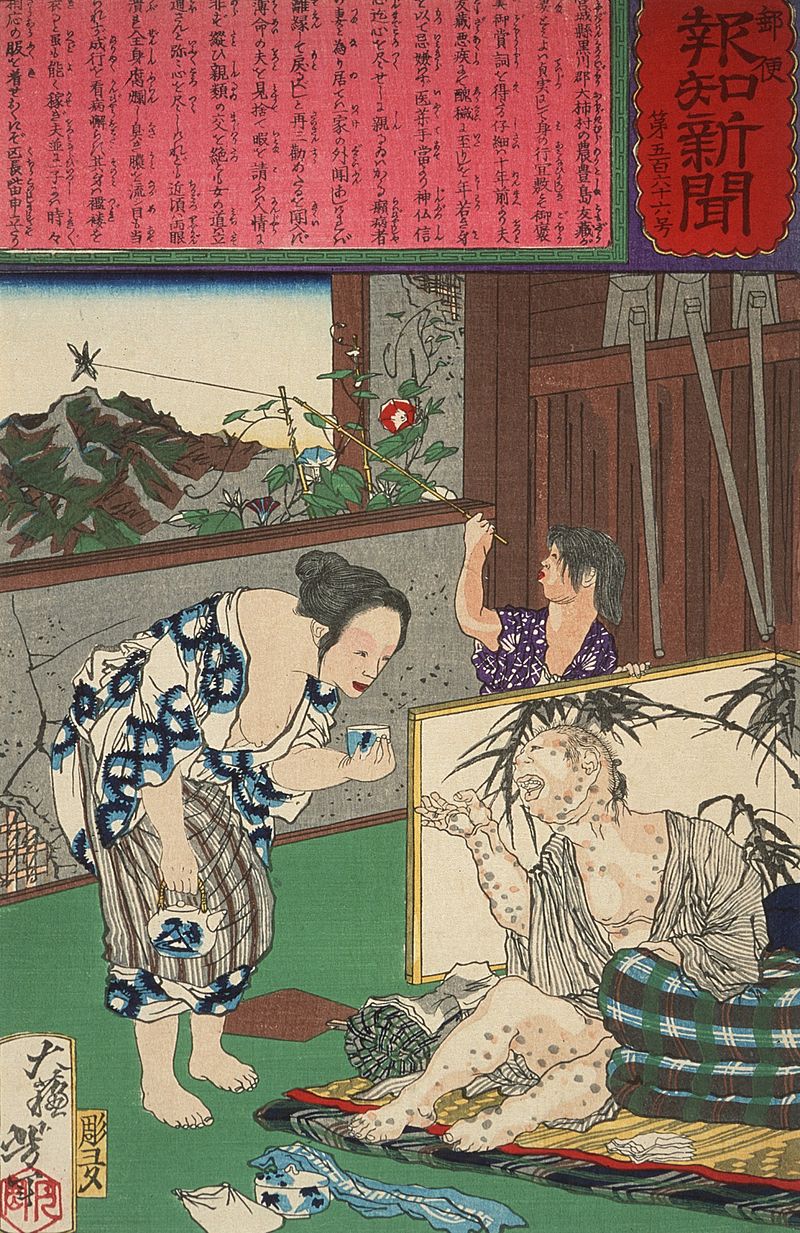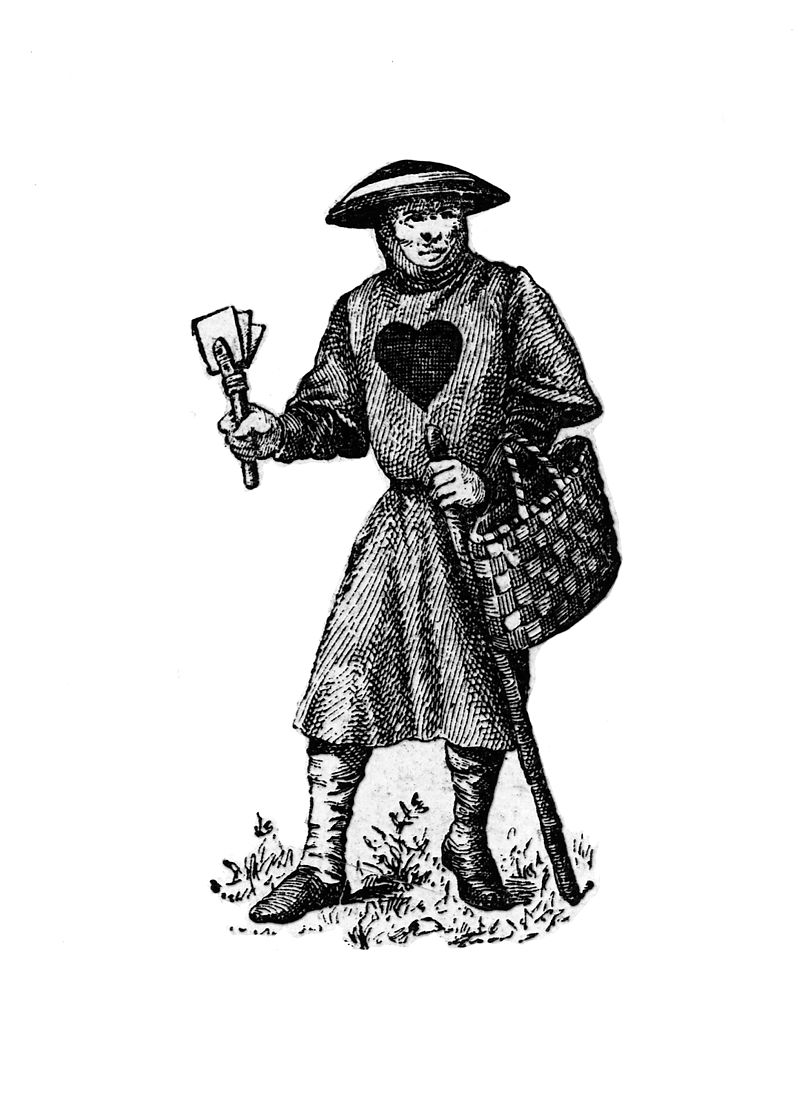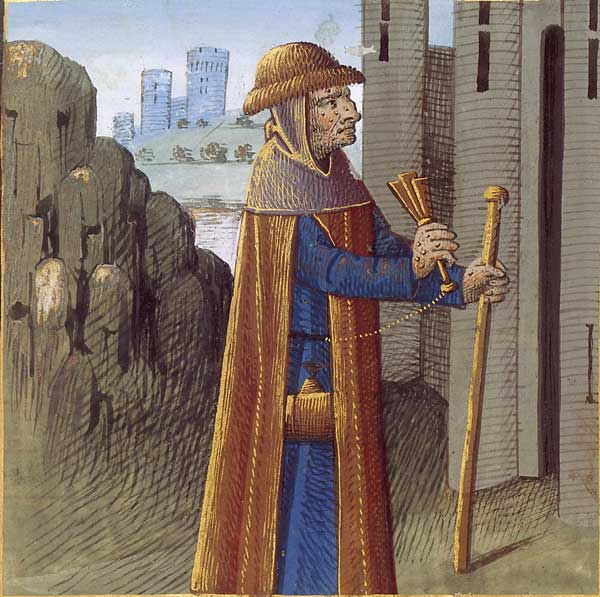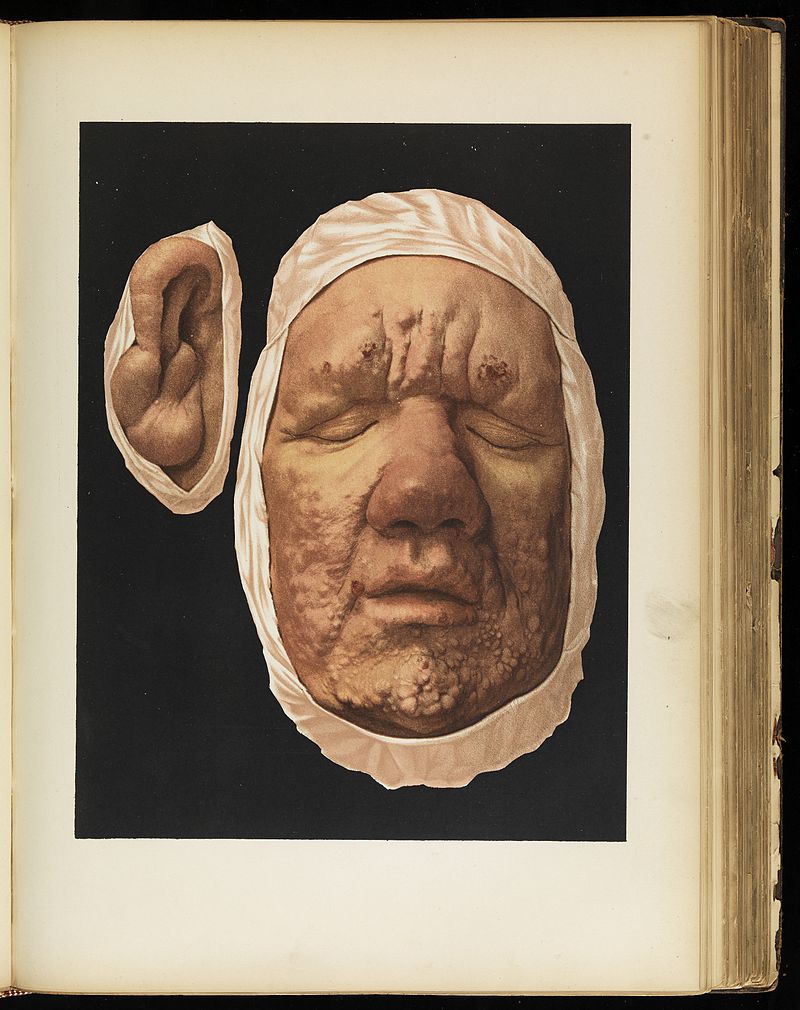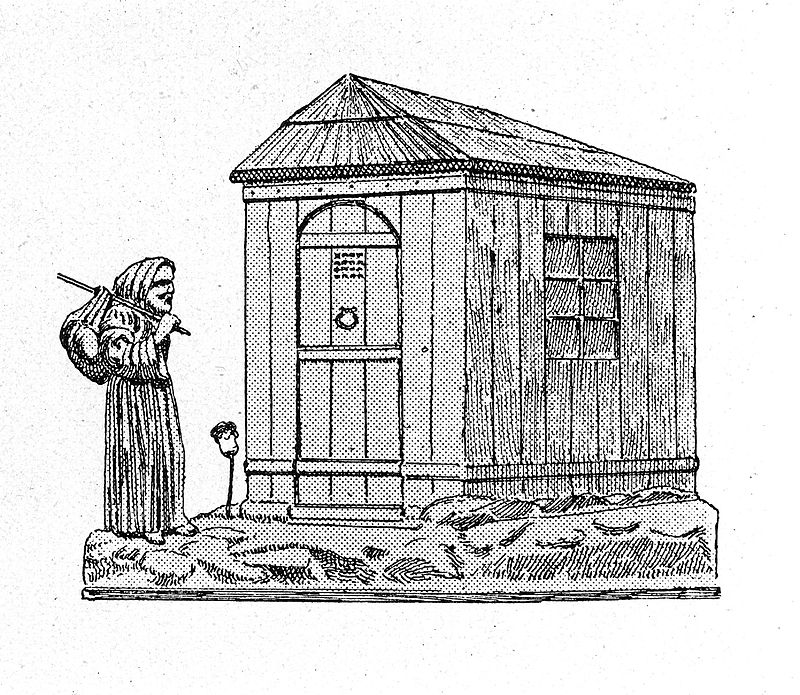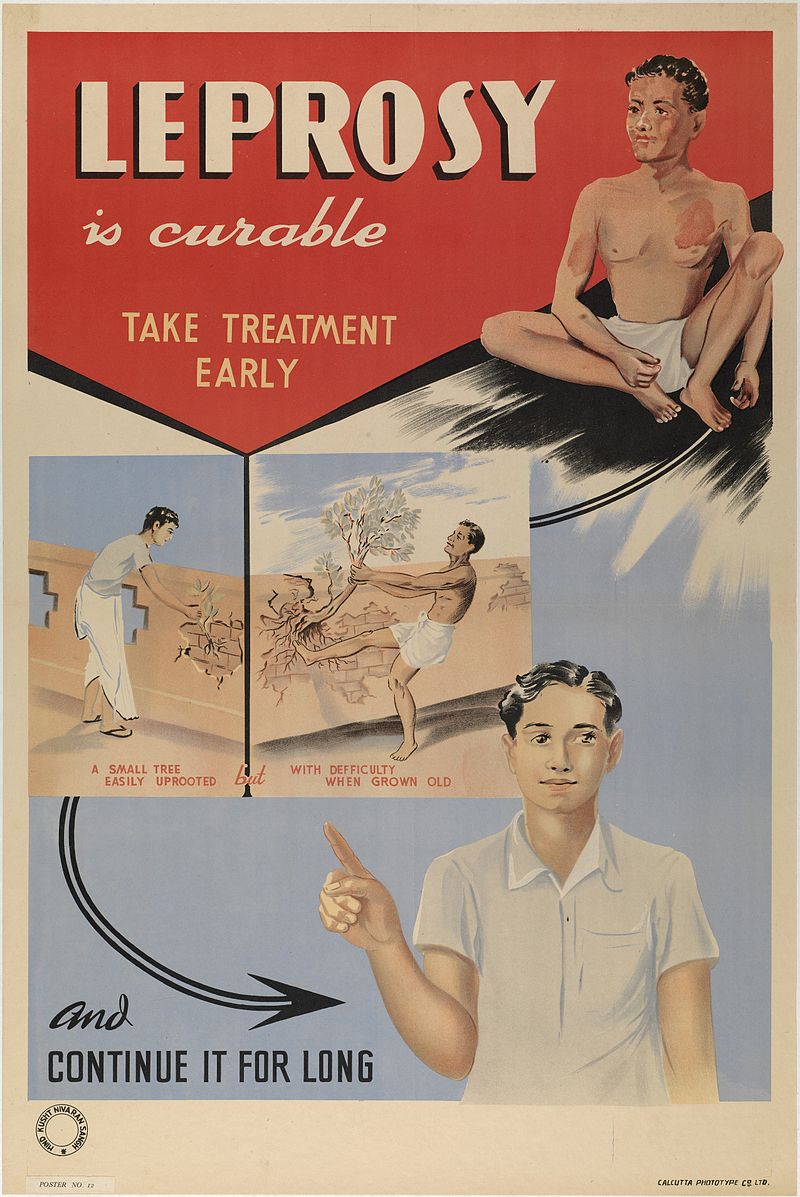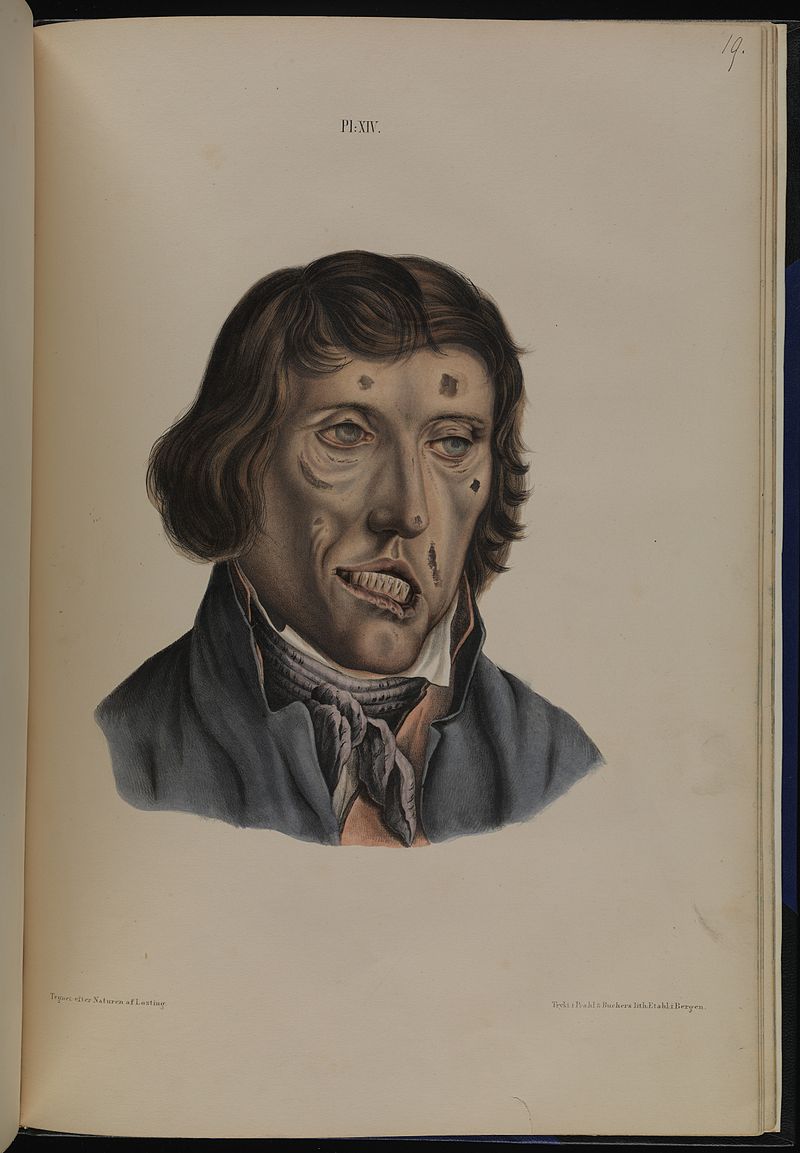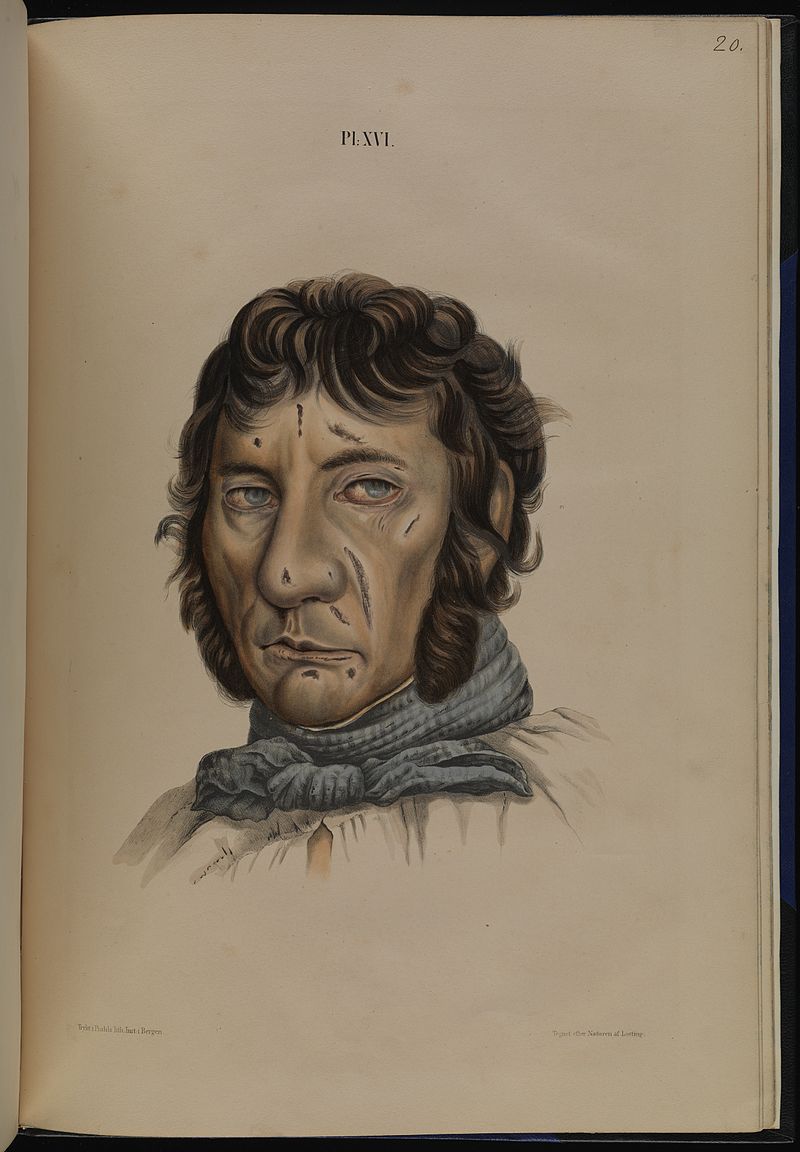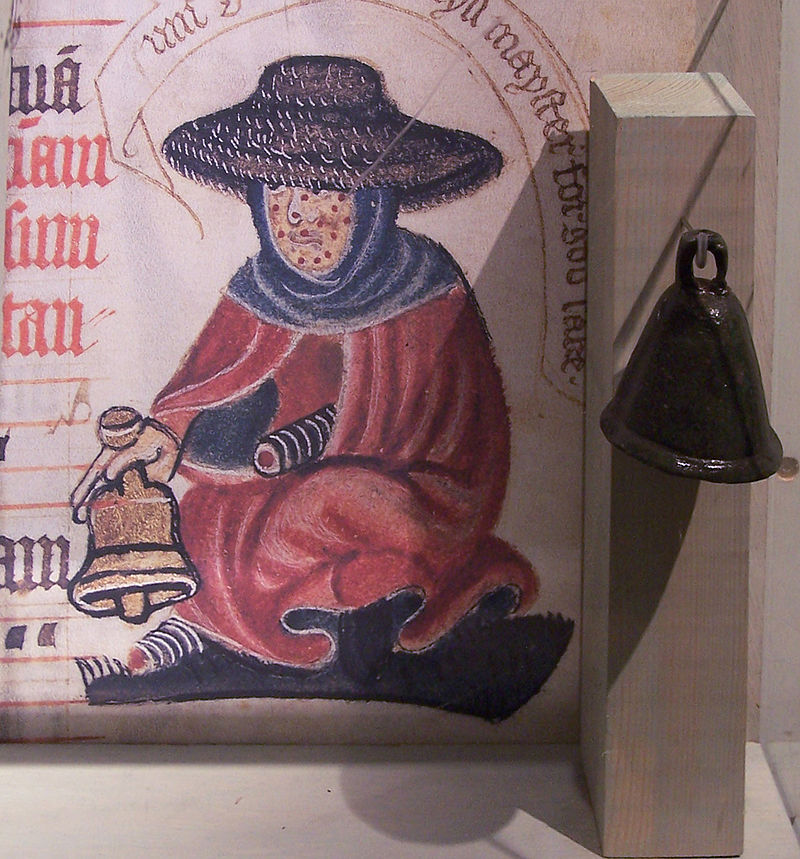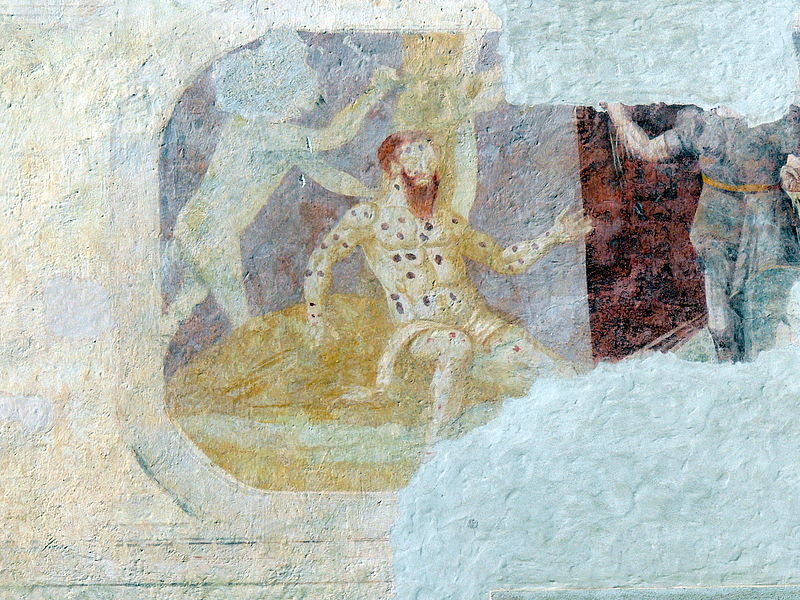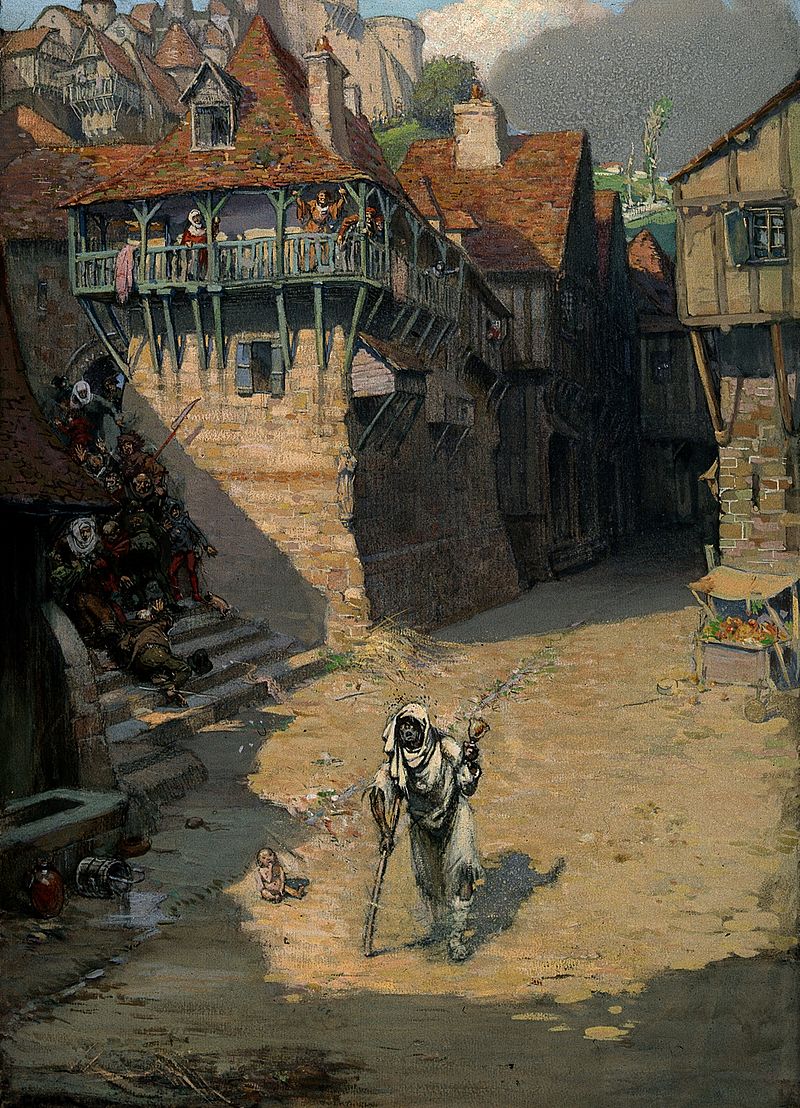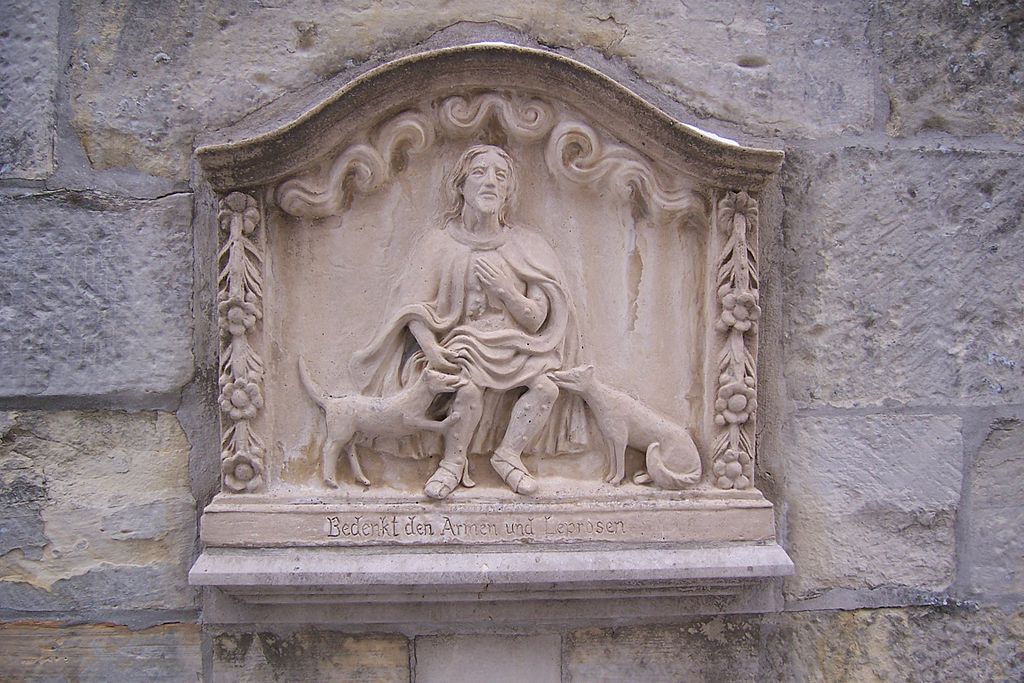Leprosy In Art: Disease And Beauty
Leprosy is an infection caused by the bacteria Mycobacterium leprae. Although there was, and is, an incredible amount of stigma attached to the disease, it is not particularly contagious.
In fact, 95% of people are naturally immune, and, nowadays, it is entirely curable.
The disease has been part of the human experience for thousands of years, getting a liberal smattering of mentions in the Bible, Koran, and Torah.
Because of the highly visible lesions – lumps and bumps – caused by leprosy, those who are affected have always been pushed to the margins of society.
Today, India houses more than half of the new cases of leprosy, and they still treat these people in the same way a medieval European with leprosy might have been treated.
Leprous individuals in India, China, and Africa can find themselves unable to marry, shunned by their families and communities, and left in poverty in leper colonies.
Contrary to popular belief, leprosy doesn’t directly cause body parts to drop off. Leprosy causes nerve damage, which leaves large sections of skin with no sensation; these numb areas are more liable to repeated injury. And because the body is fighting the Mycobacterium leprae infection, the immune system is otherwise engaged, therefore, any secondary infections are more likely to take hold and run rampant.
These secondary infections and repeated injuries slowly degrade the extremities.
Leprosy also effects the mucous membranes of the upper respiratory tract, including the inside of the nose. Because of this, the nose can slowly degrade from the inside and collapse.
The disease can lie, slowly developing in a human host for up to 20 years before symptoms are displayed, this is perhaps one of the reasons that its mode of transmission was not recognised for so long. The source was not easy to pin down.
Because leprosy has always instilled fear into the masses, it has also figured heavily in art.
Below is a selection of some of the strange and uncomfortable images created to educate, frighten, and intrigue audiences throughout the ages:
READ NEXT:
INCONGRUOUS PHOTOS FROM A MEDIEVAL FESTIVAL

